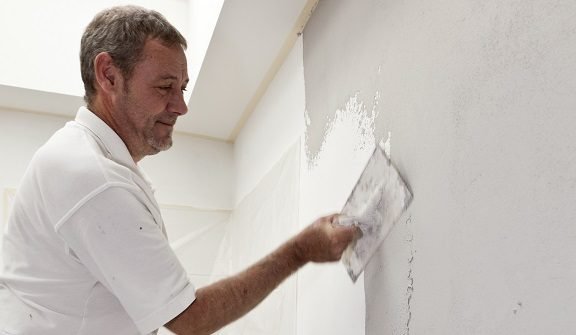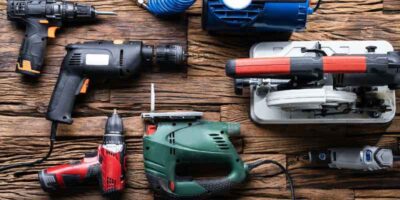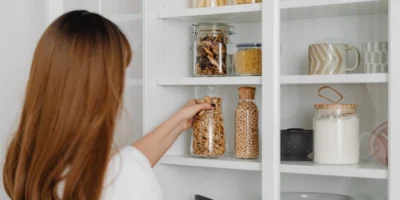This type of plaster is applied in one to two millimeters thickness and is thus easy to process even for inexperienced self-makers. However, you need a lot of time and patience when working with thin-layered finishes to plaster a bathroom wall.
Tiling all the bathroom walls to the ceiling was a mistake of the 70s and 80s, which has been corrected for some time. Tiling is only necessary in the direct spray water area when you plaster a bathroom wall.
The rest of the wall surfaces should remain free, because here certain types of plaster with their porous surface can ensure that the occasionally very high humidity in the bath does not settle on smooth surfaces and runs down, but is buffered.
These plaster types include the lime and clay fine plasters and the decorative mineral plasters. The good news: Because they are only applied in one to two millimeters thickness, they are also easy to process for the inexperienced do-it-yourself maker. It is important that all plasters invariably need a primer that comes from the same system: Only so the optimal adhesion is guaranteed and it can not be discolored from the substrate on the plaster surface.
Plaster bathroom wall: instructions
The self-mixed gray tone of our lime render becomes a deceptively real concrete look on the wall due to intensive compacting and smoothing.
The lime powder is mixed with clean, cold water to a mass with quark-like consistency.
The gray color can be achieved by the addition of black lime paint. Attention: The paint makes the plaster a little more fluid again.
After applying the plaster, allow the compound to lightly tighten before compacting the surface with metal or plastic trowels.
Alternative: clay plaster
In damp rooms, clay also ensures a good indoor climate in the bathroom. However, the processing works differently than with lime.
Ideally , you can have your desired color of the manufacturer mix, the result is more homogeneous than in self-mixing.
The surface primer is always necessary, especially on impregnated, green wet room panels. The surface must be completely white.
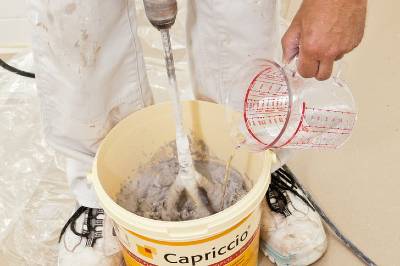
The premixed clay mortar must be mixed with water. Then let the plaster mass “sump” for a short time.
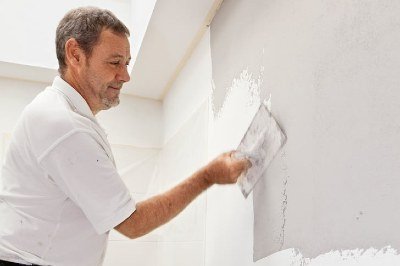
Begin by applying the plaster on top of the wall. Using a flat trowel, first apply a 2-3 mm thick layer of plaster.
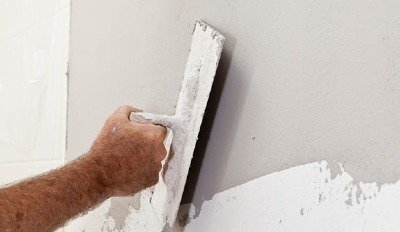
With a slightly steeper trowel you can subtract the material thickness to grain thickness. Thus, the uniform structuring later easier.
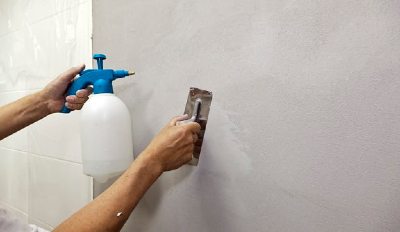
The Venetian trowel with rounded corners is used to smooth the slightly moistened clay surface.
 Gerhardt Richter is a writer and a trainer at trade technical colleges, specializing in carpentry, plumbing, mechanics and construction.
Gerhardt Richter is a writer and a trainer at trade technical colleges, specializing in carpentry, plumbing, mechanics and construction.

